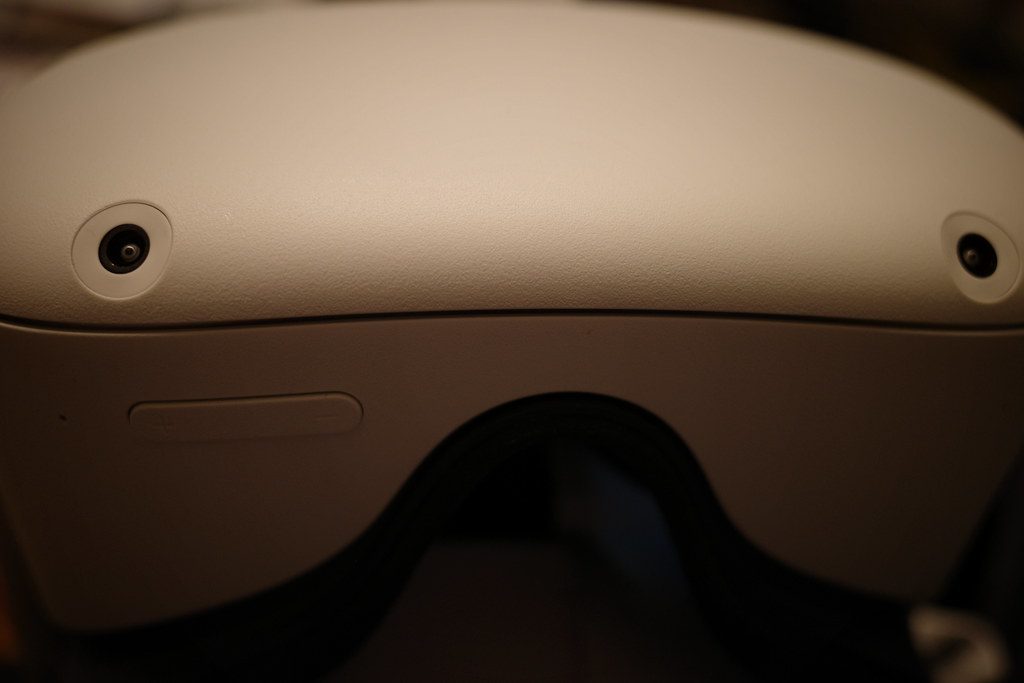Oculus Quest 2 is a virtual reality (VR) headset created by Oculus, a brand of Facebook. It is the successor to the Oculus Quest. It was announced at Facebook Connect 7 and shipped on October 13, 2020. As with its predecessor, the Quest 2 is capable of running as both a standalone headset with an internal, Android-based operating system, and with Oculus-compatible VR software running on a desktop computer when connected over USB or Wi-Fi. It is a refresh of the original Oculus Quest with a similar design, but with a lighter weight, updated internal specifications, a display with a higher refresh rate and per-eye resolution, and updated Oculus Touch controllers.

The Quest 2 received mostly positive reviews as an incremental update to the Quest, but some of its changes faced criticism, including its strap, reduced interpupillary distance (IPD) options, and a new requirement for users to log in with a Facebook account to use the headset and Oculus services.
The Oculus Quest 2 both improves on the specs sheet of the original Quest and delivers it for cheaper. With a new LCD at 1832 x 1920 per eye, the Quest 2 offers exceptional clarity for an entry-level headset, through which you can enjoy a slew of games either purpose-built for the standalone headset, and thus rendered by the onboard Snapdragon XR2 chip, or beamed from your PC using Oculus Link and a compatible USB Type-C cable.
Thanks to Oculus Link, the Quest 2 becomes more than a standalone VR headset. It becomes an all-in-one VR Swiss army knife, capable of great on-the-move VR and gaming across SteamVR and Oculus Rift compatible titles. It’s now capable of up to 90Hz refresh rate, thanks to a recent update, making it an even sweeter deal. There’s even an update on the way that offers up support for 120Hz in some games, which is pretty incredible.
According to pcgamer.com; en.wikipedia. Source of photos: internet








